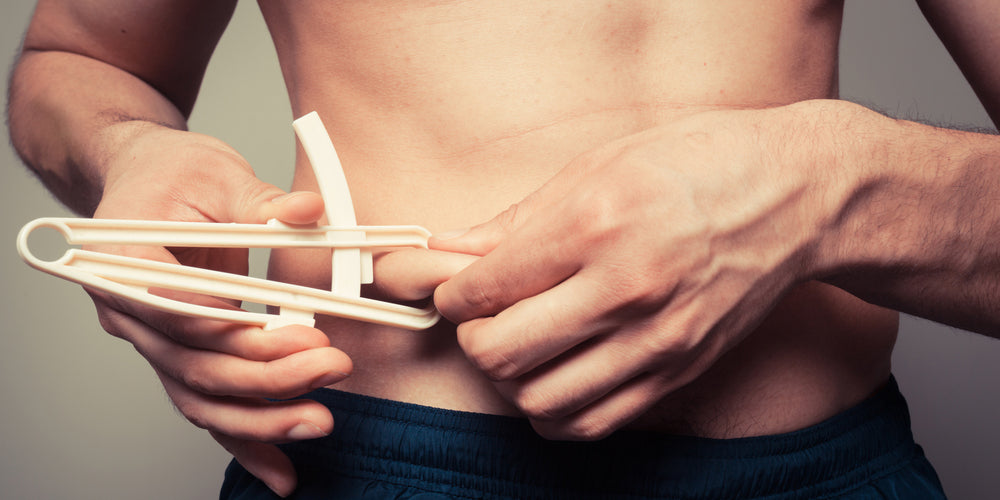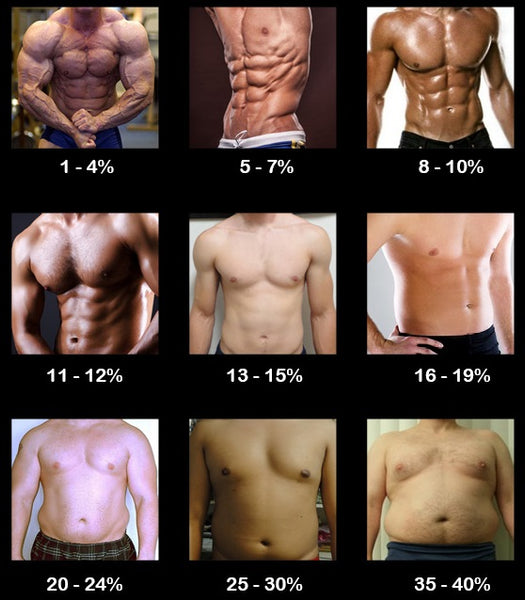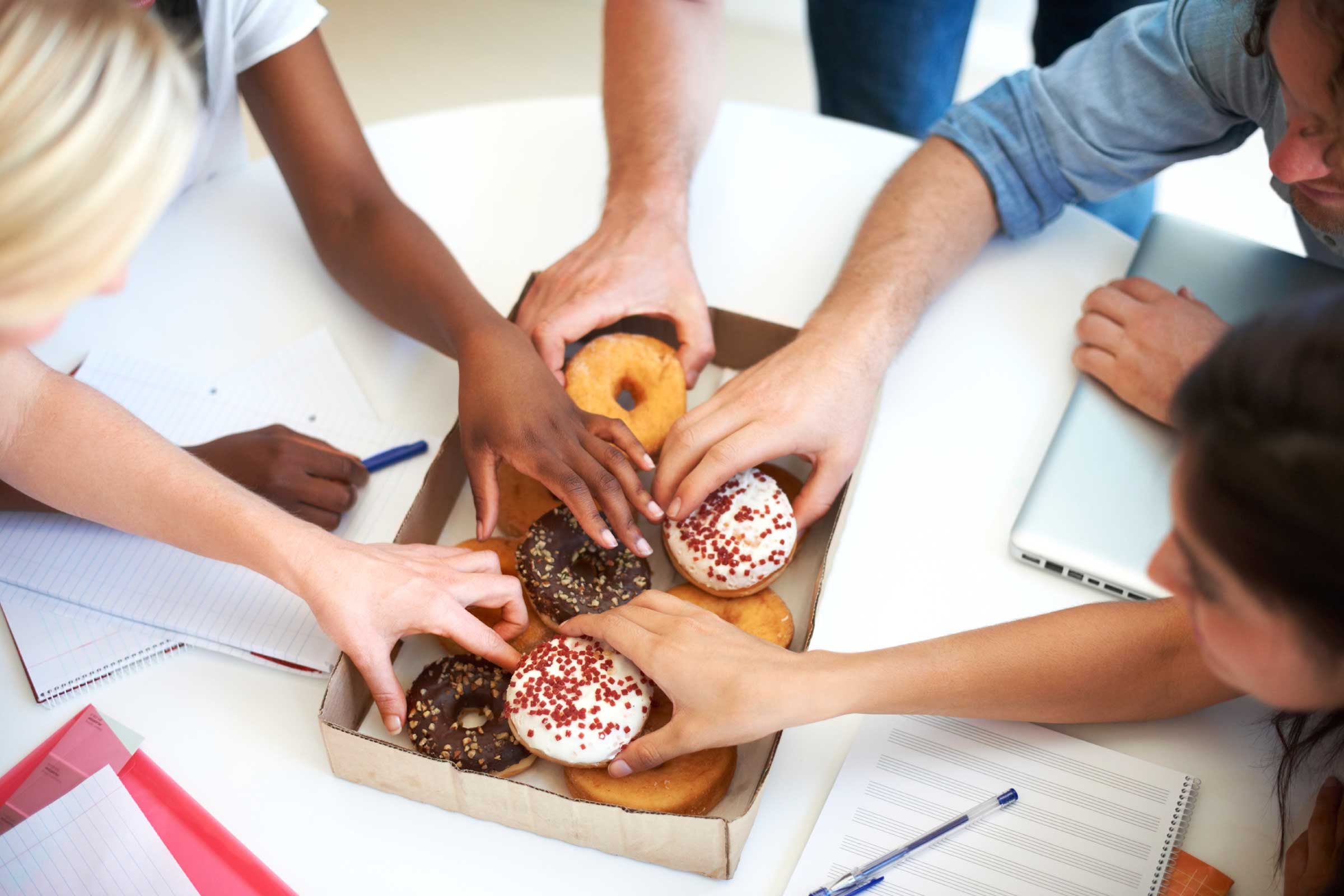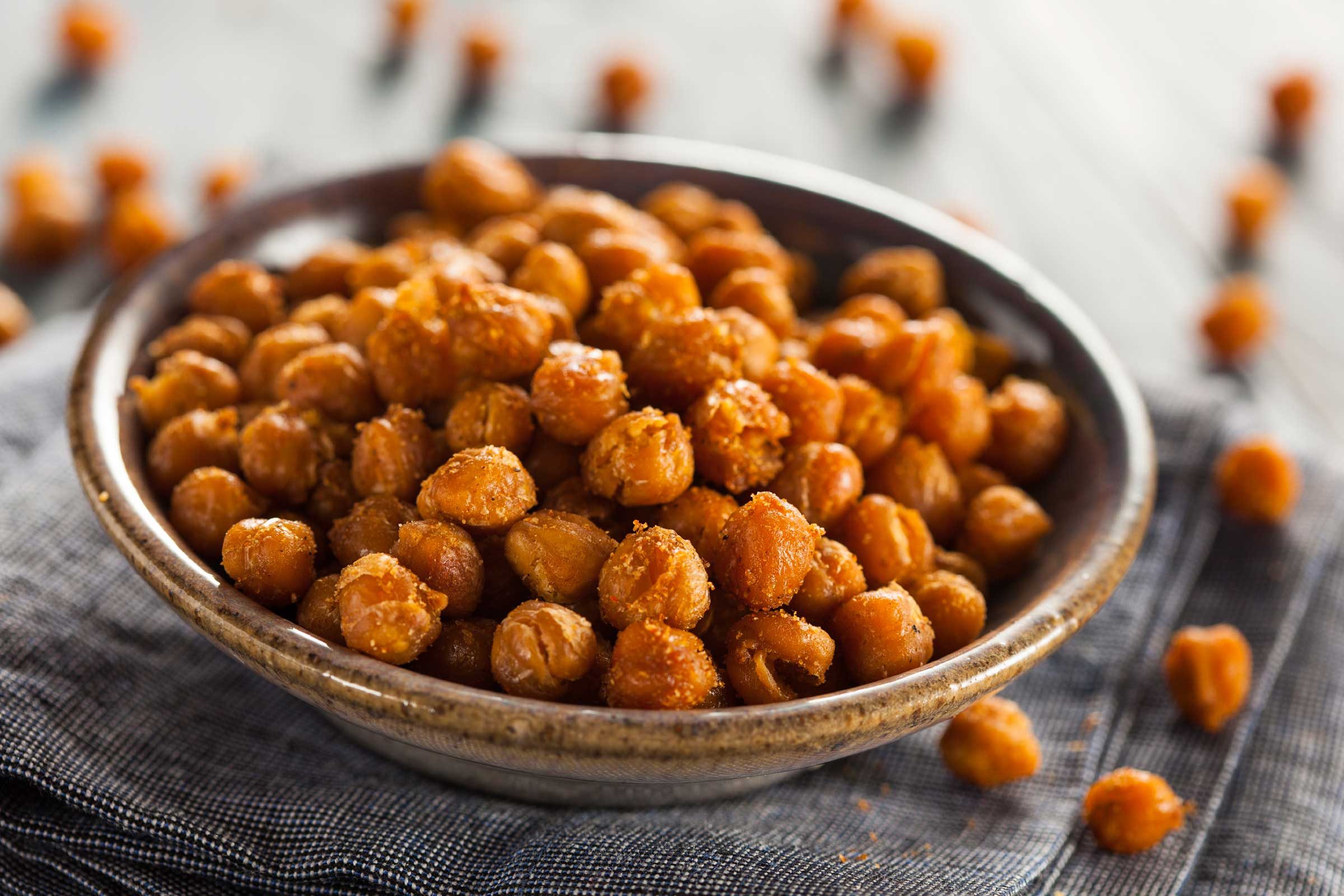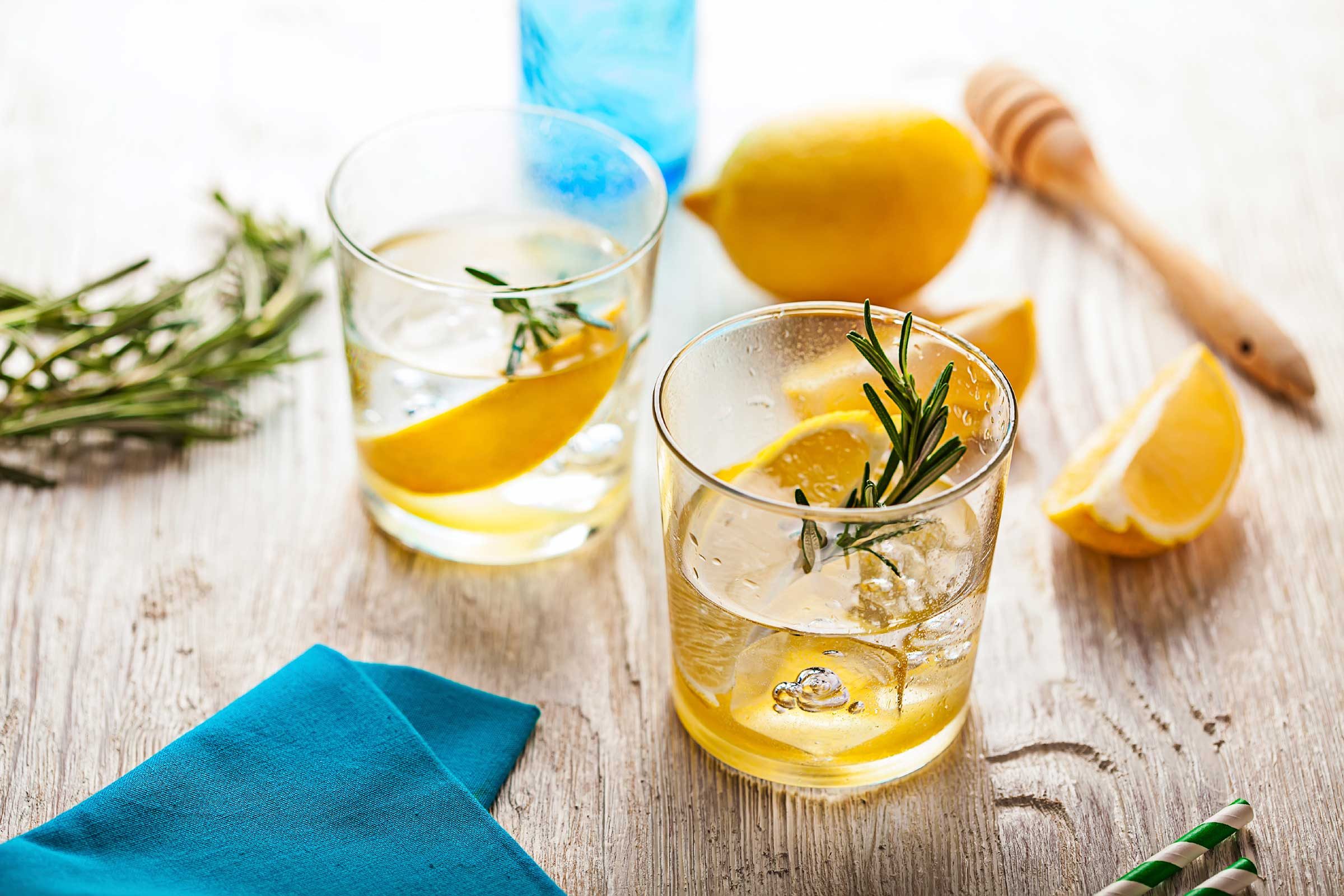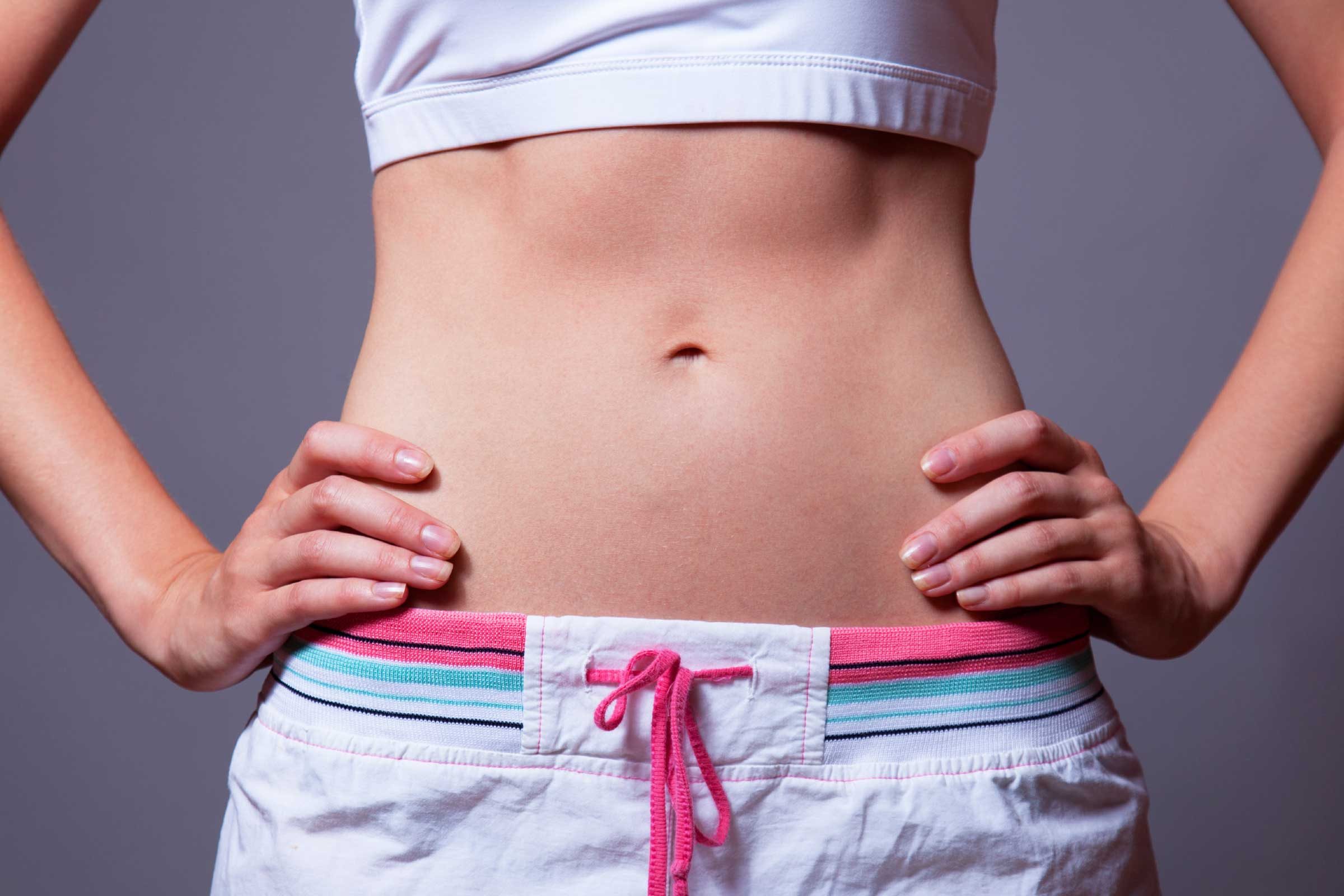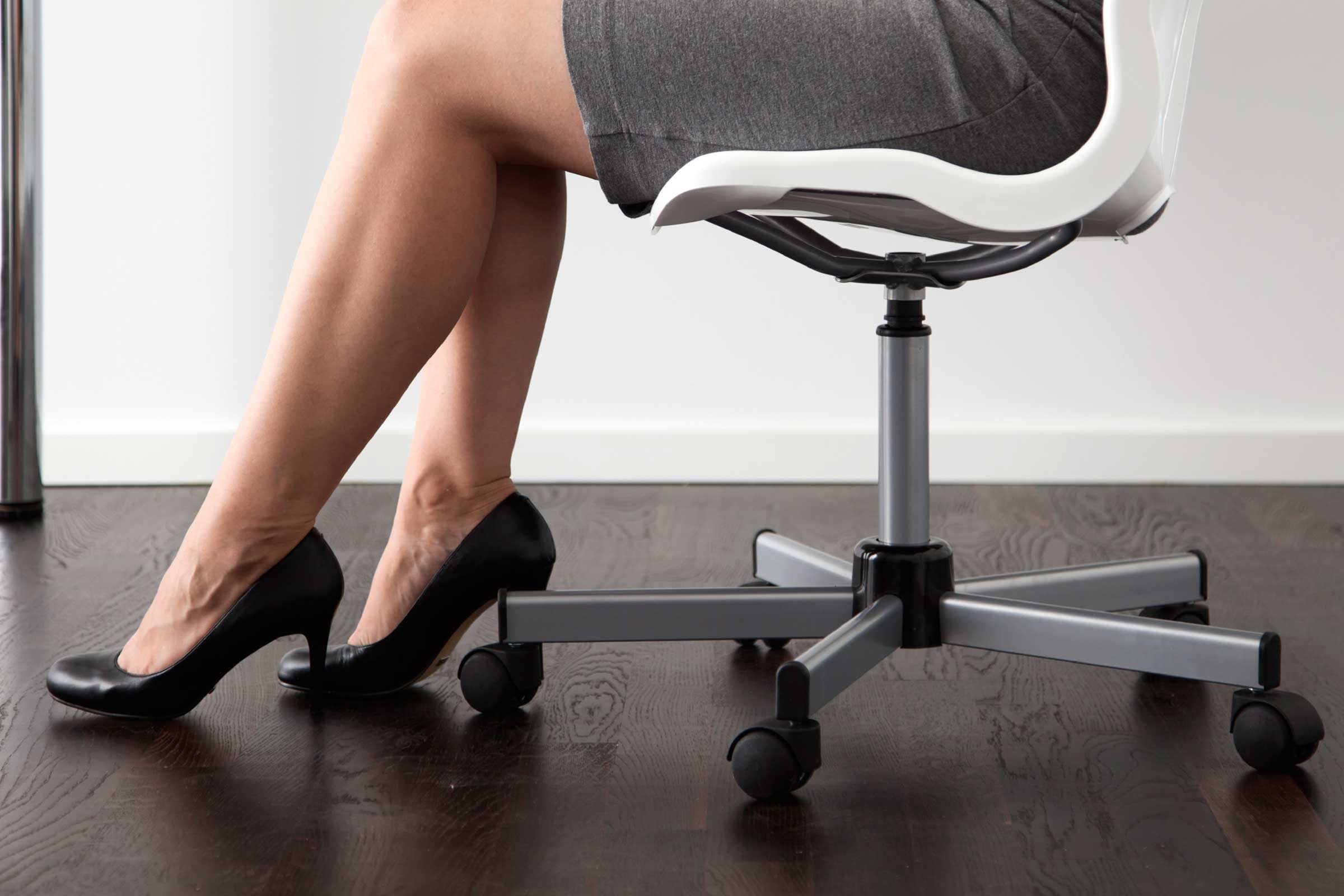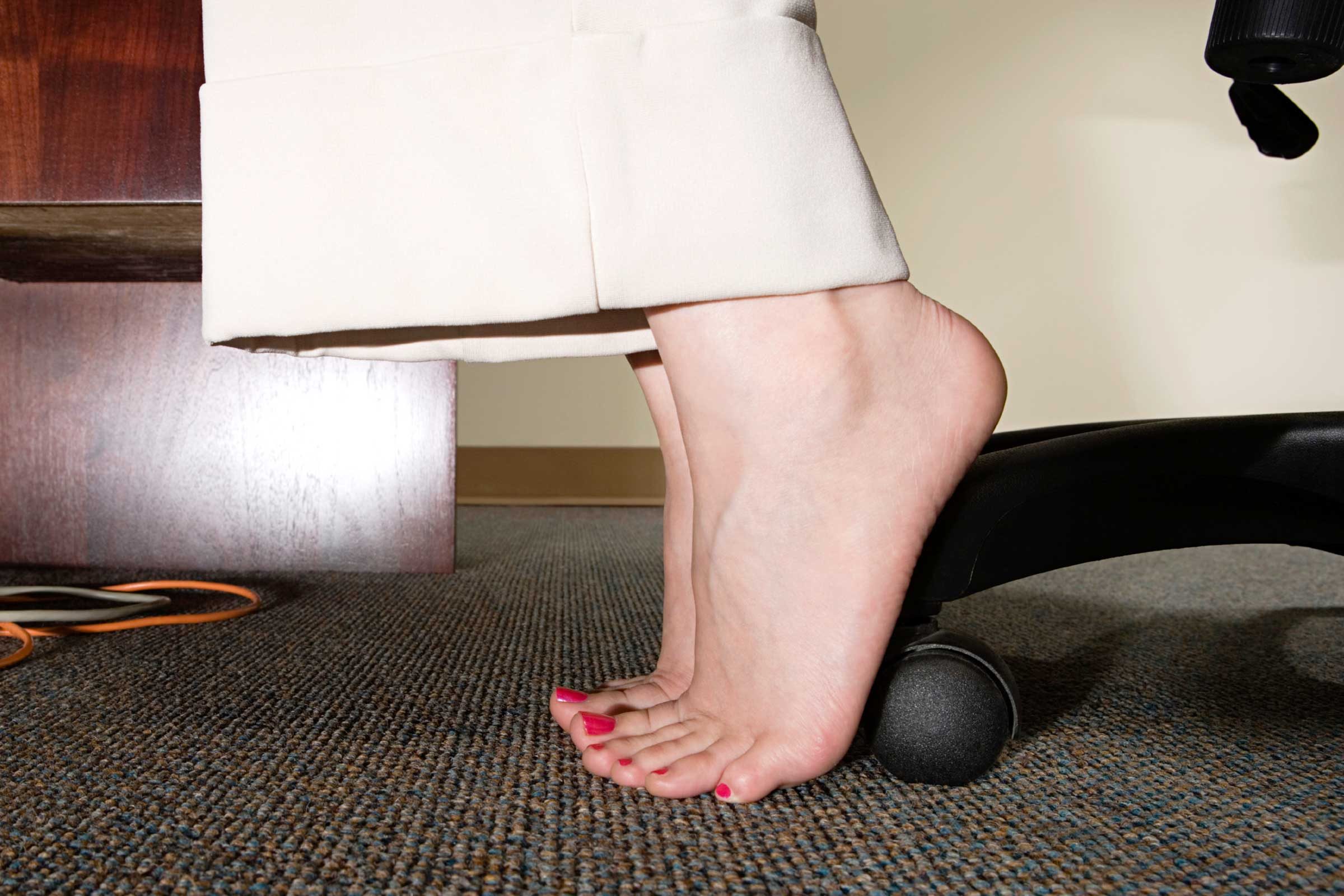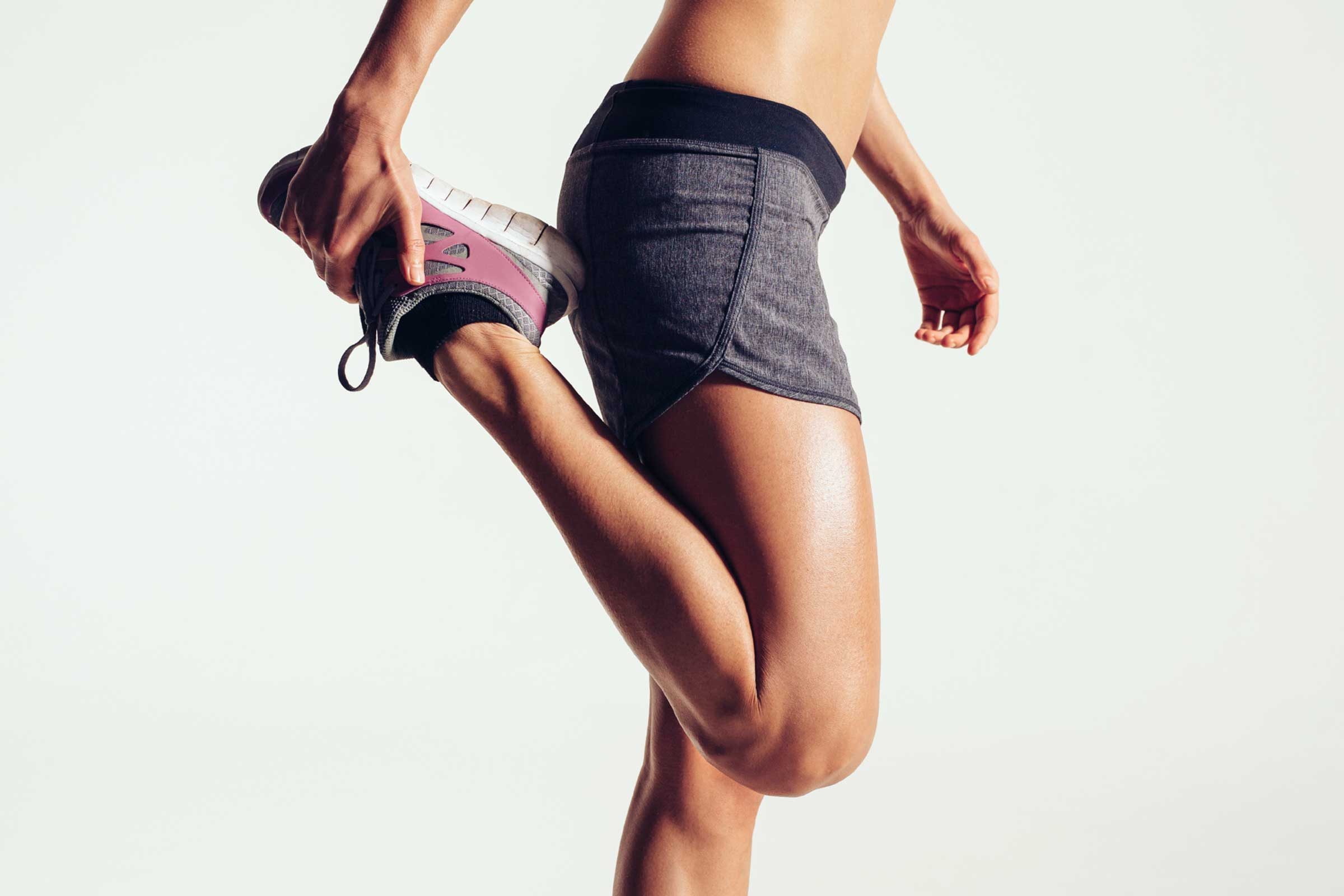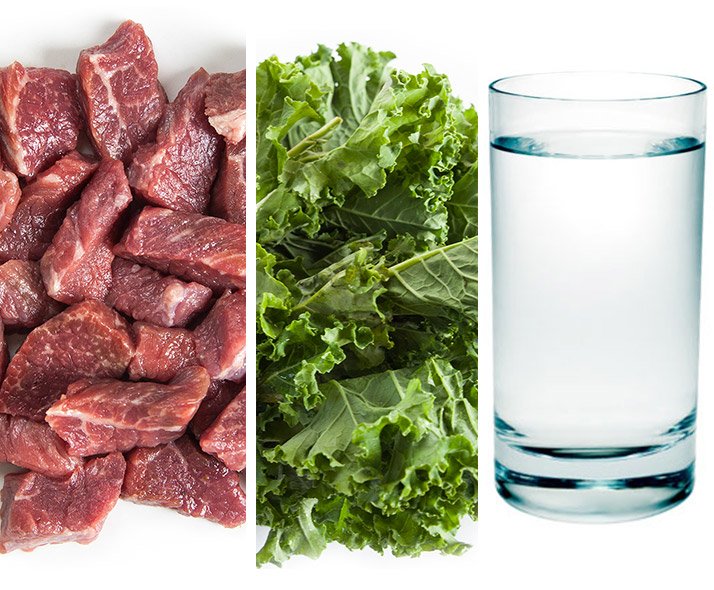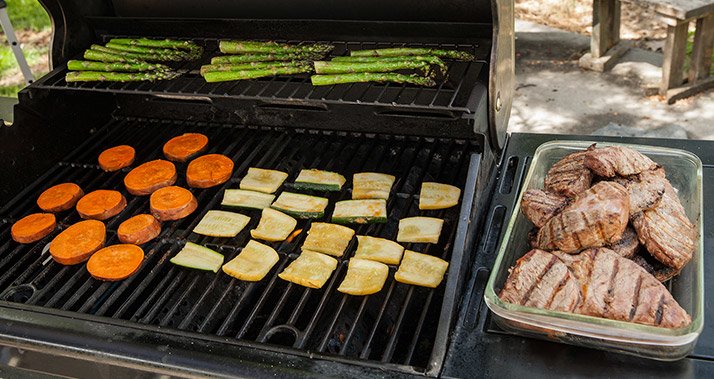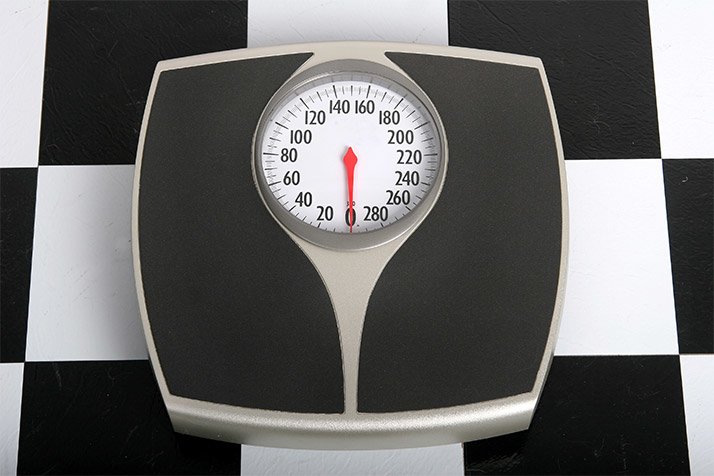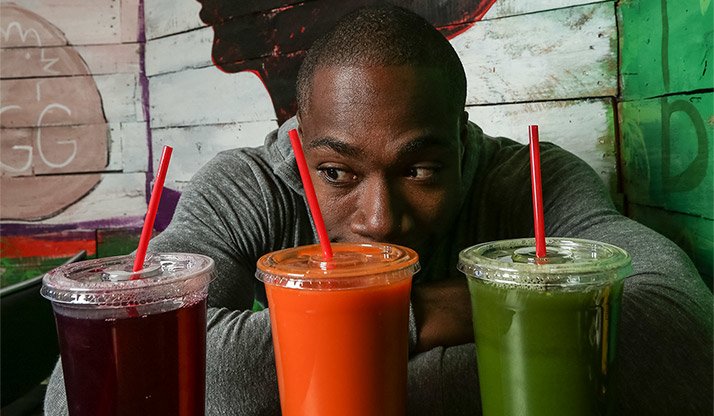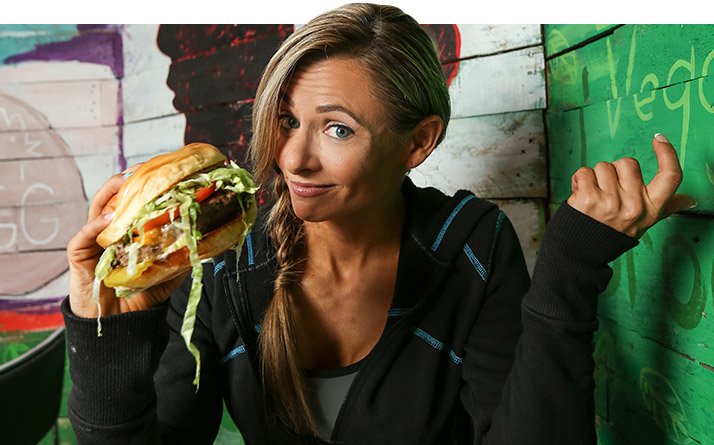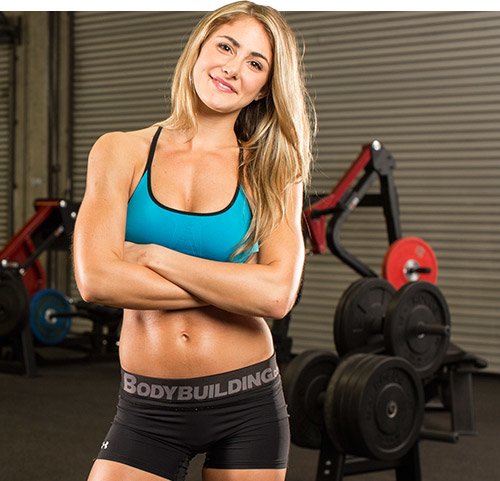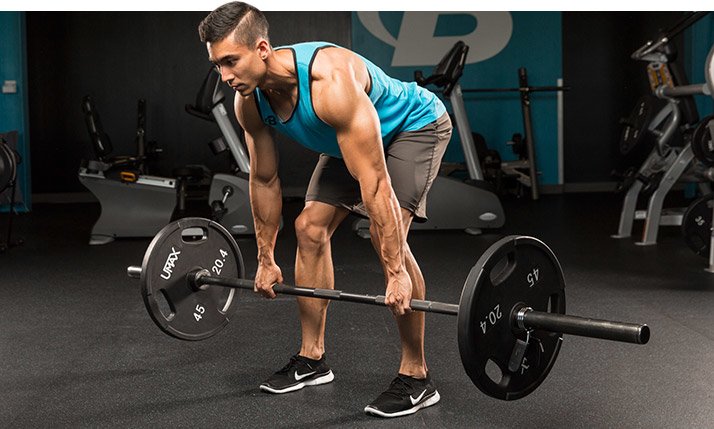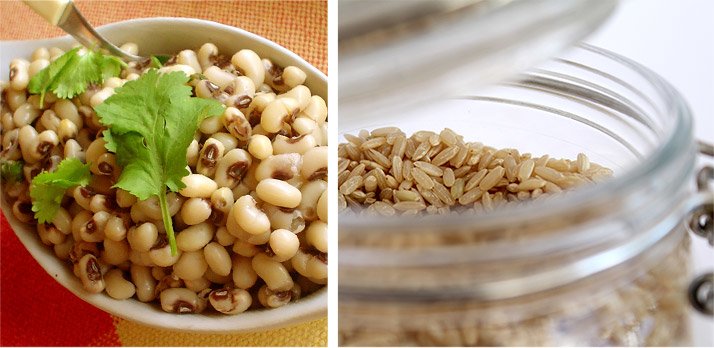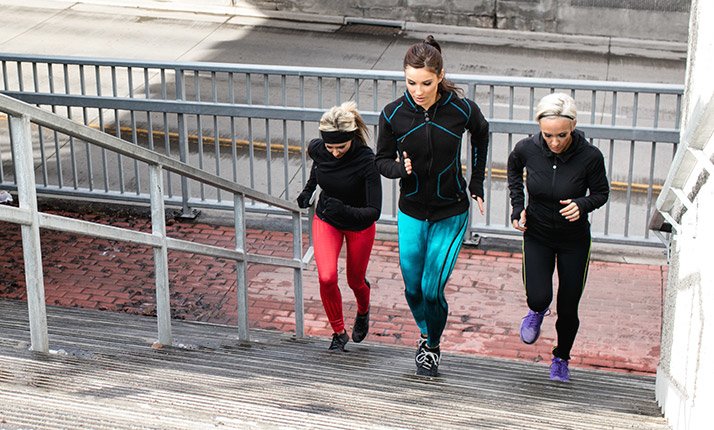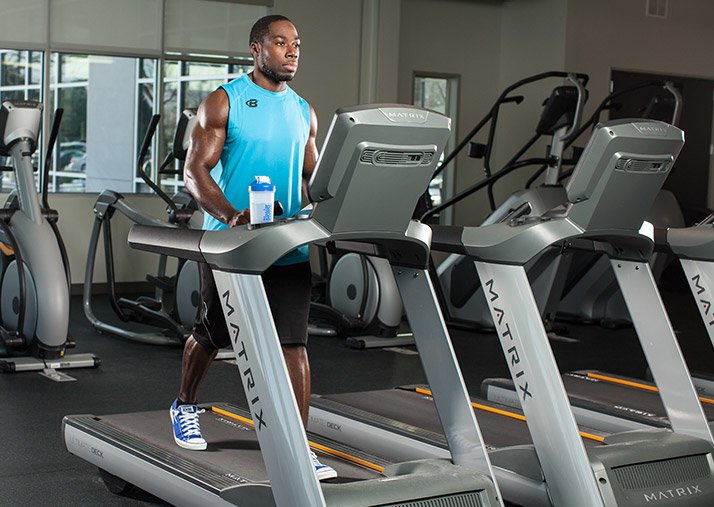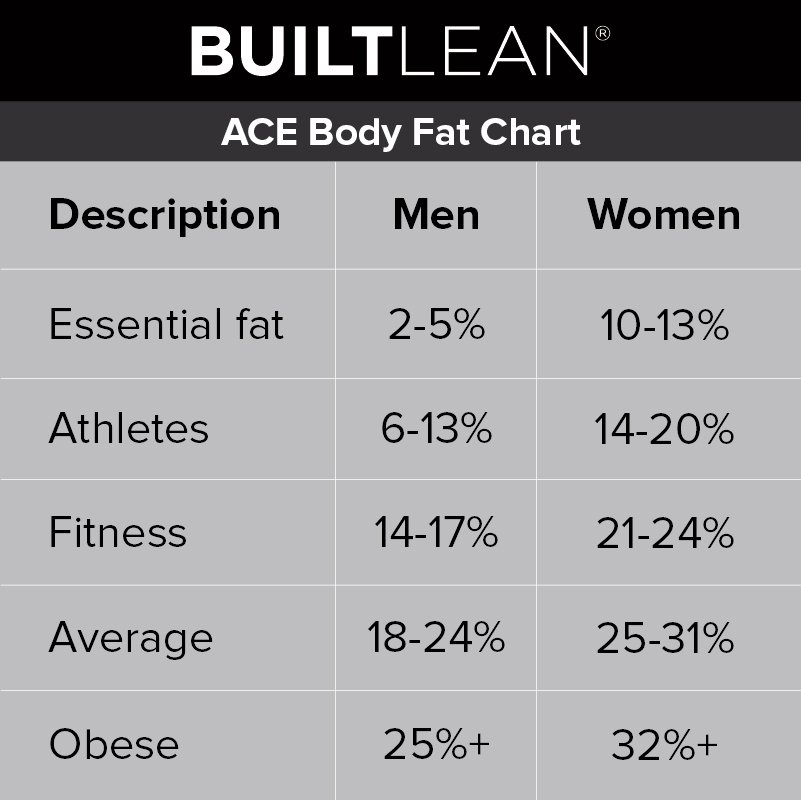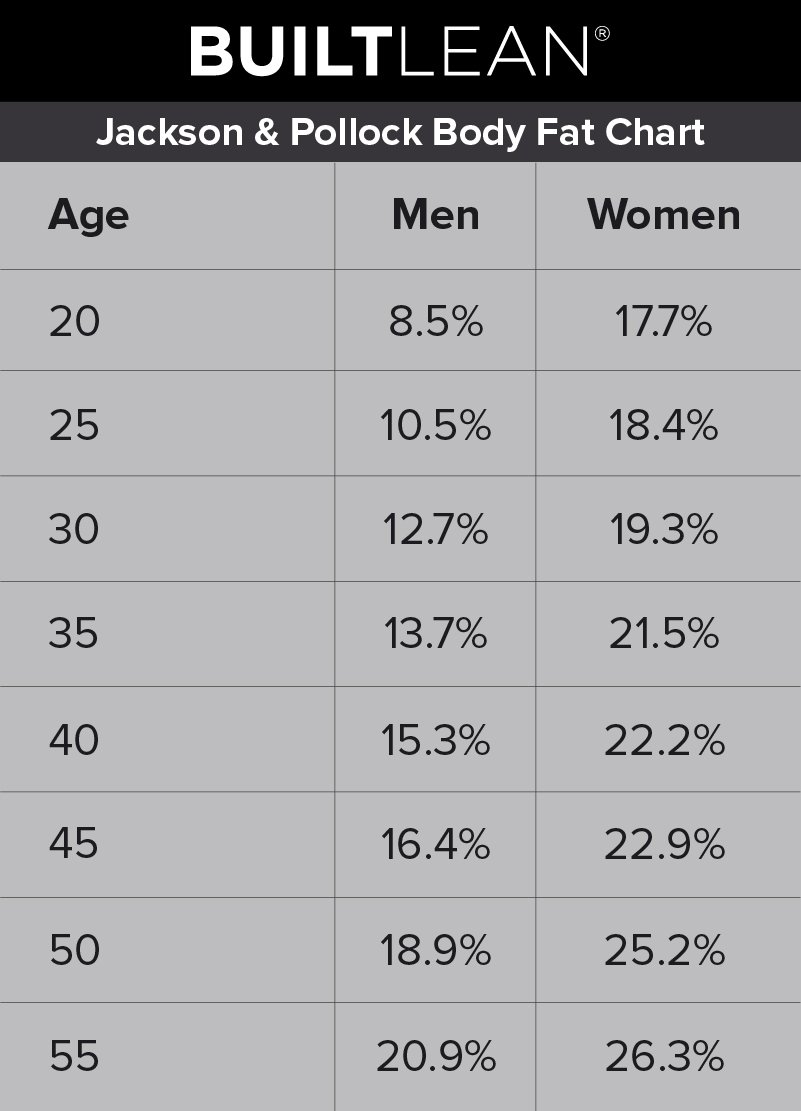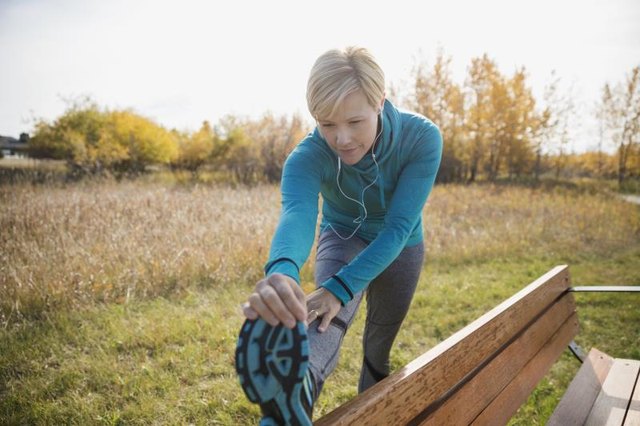Weight loss requires willpower and dedication, but if you have a lot of weight to lose, it's especially daunting. When your body fat percentage is over 50 percent, you're likely looking at months or possibly years of work to get the physique you want, depending on how much weight loss you plan to achieve. However, you'll likely see noticeable results within the first two months, which can motivate you to keep going. Talk to your doctor before you start on your weight-loss and fitness journey; she can offer guidance to address any underlying health conditions to keep you safe as you get fit and lose body fat.
Starting Your Fat Loss Journey
Exactly how much fat you need to lose depends on your current weight. If you're currently considerably overweight or obese, you should aim for significant weight loss; if you're not significantly overweight, but have a high body fat percentage, aim for a smaller weight loss to help improve your body composition. Your target body fat percentage varies depending on your age and gender; women should generally aim for 16 to 31 percent, while men should try for 10 to 22 percent.
To lose fat, you need to burn more calories than you take in from food and drinks so that your body will release and burn fat to make up the difference. Aim for a loss of 1 to 2 pounds per week, which you can achieve by cutting 500 to 1,000 calories from your daily diet. Following a healthy diet and exercise program, you should be able to lose about 1 percent of your body fat each month, according to the American Council on Exercise.
Use an online calculator to estimate your daily calorie needs, so you can subtract the 500 to 1,000 calories for weight loss. Keep in mind, though, that an online calculator just provides a calorie burn estimate based on your age, gender and size, and it doesn't take into account your body composition. Because fat burns fewer calories than muscle, and you have a higher-than-average proportion of fat, an online calculator might overestimate your calorie needs. Use the calorie target from an online calculator as a starting point, but expect to adjust your calorie intake slightly as you progress until you find an intake that allows you to lose 1 to 2 pounds weekly.
Lowering Body Fat Percentage With Diet
You'll see the fastest results -- and achieve a healthier body composition -- if you adjust your diet to promote fat loss and retain muscle tissue. Make sure you're eating plenty of protein, which provides the amino acids you need to repair and build new muscle tissue. Plus, including protein in your meals also makes them more filling, so you'll feel satisfied even on a calorie-restricted diet. A mix of lean meats, nuts and seeds, dairy and eggs, lentils and beans, and fatty fish supply beneficial protein to help you shed fat. Round out the rest of your diet with whole grains, healthy fats -- like olive oil, flaxseed and avocado -- and fruits and veggies.
Experiment with different flavors on your fat loss journey, so you can find a selection of healthy recipes you truly enjoy. Hitting your calorie target -- not micromanaging your carb, fat and protein intakes -- is the most important aspect of fat loss, according to a study published in the American Journal of Clinical Nutrition. The study authors looked at the effects of four different types of calorie-restricted diets -- each with different proportions of fat, protein and carbohydrates -- and found they were all equally effective for weight loss. Ultimately, you'll get better results if you find a healthy diet you can stick to, rather than feeling forced into a diet you dislike and eventually give up.
Increase Your Fat Burn With Cardio
Getting more activity is key for fat loss -- heart-pumping aerobics increase your calorie demands for the day, and each workout will help you melt away fat. Find a few aerobics you enjoy -- for example, water aerobics, rowing, elliptical, brisk walking or running -- and cycle through your favorite activities throughout the week to avoid boredom.
If you're working out on a cardio machine, like an elliptical, don't feel obligated to stay in the "fat-burning" heart rate zone, which usually requires that you work at a low intensity. You'll actually burn more calories if you push yourself to work out at a moderate or vigorous intensity, which ultimately burns more fat and calories than staying in the fat-burning zone.
Improve Body Composition With Strength Training
Incorporating strength training into your routine also helps you lose fat. Strength training builds muscle -- a highly metabolically-active type of tissue -- so you're able to burn more calories throughout the day. It also helps you retain muscle as you lose fat, which will help ensure you're at a healthy body fat percentage when you hit your goal weight.
Schedule strength-training workouts into your routine twice or three times weekly, and make each session a full-body workout. Consider hiring a professional to conduct a fitness assessment and design a program for you. At a higher-than-average body fat percentage, some exercises might be especially difficult and require modification, at least until you get stronger and lose some body fat. A personalized program will get you the fastest results with the least risk of injury.
source by : http://www.livestrong.com/article/429085-what-is-the-fastest-way-to-lose-body-fat-when-your-body-is-50-percent-fat/


